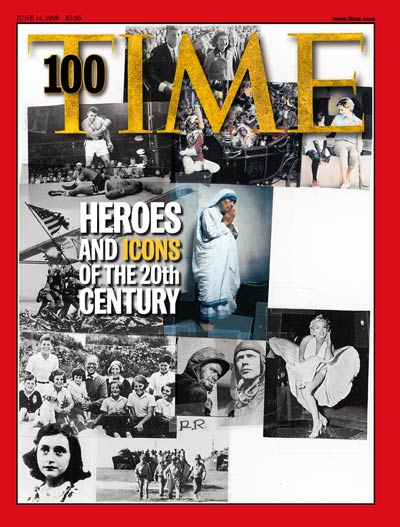Last week we missed the passing of artist Robert Raushenberg (1925-2008), who maintained that he worked “in the gap between life and art.” Characterized as a “neo-dadaist” his work challenged the difference between traditional art objects and the objects of the everyday world (including everything from the “junk” one might find on the streets to snapshot photographs), creating what became known as “combines” and “assemblages.” By some accounts he sought to make “sense out of senselessness.”
Often controversial, he was also a prolific artist and his work occasionally graced the cover of Time magazine. He will be missed.
Note: For a commentary on the conflicted reception of Raushenberg’s work see James Johnson’s post at (Notes on) Politics, Theory, and Photography.

Discussion